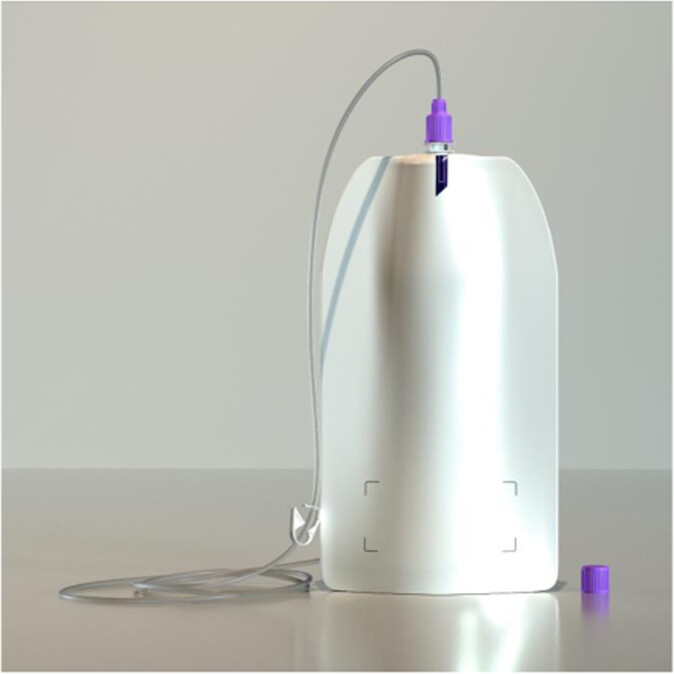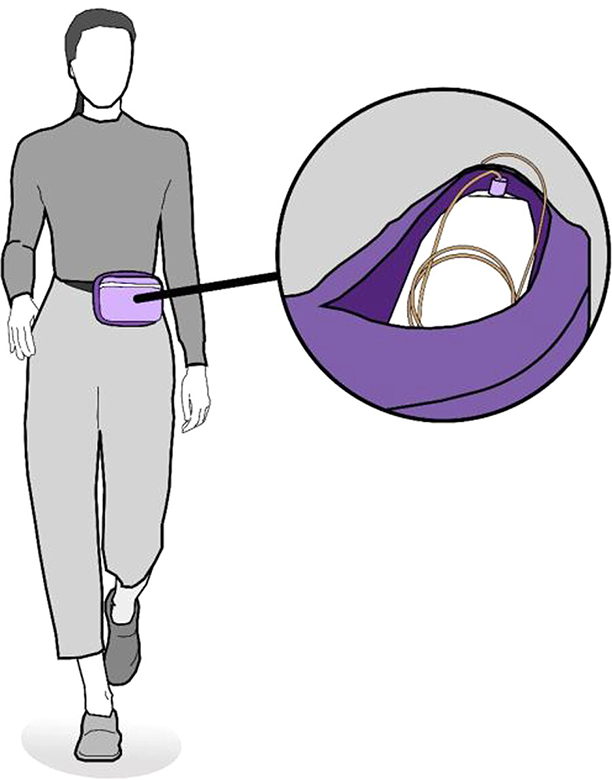
A usability study of our innovative Mobility+ᵀᴹ system was published in Medical Devices Evidence and Research
Authors
Osman Mohamed Elfadil, MBBS1; Edel Keaveney, PhD2; Jalpan Patel, MBBS1; Ishani Patel, MBBS1; Ishani Patel1; Ankitaben Patel, MBBS1; Marwa Abdelmagid, MBBS1; Ryan Hurt, MD, PhD1; Manpreet Mundi, MD1
- Mayo Clinic, Rochester, Minnesota;
- Rockfield Medical Devices, Galway, Ireland;
You can view the original article here:

Abstract
Background
Utilization of long-term home enteral nutrition (HEN) for nutrition therapy is increasing universally. Patients from all age groups receive HEN for various indications and conditions. However, enteral nutrition can become overwhelming and a mobility-limiting experience affecting quality of life (QoL) for some HEN consumers. In fact, improvement of QoL for patients receiving HEN is a universal goal within the nutrition community; therefore, research continues to address QoL of HEN recipients and provide solutions. The current study evaluated usability of a novel mobility-enhancing enteral feeding system across different groups.
Methods
We conducted a prospective study to evaluate the usability of the Mobility+® feeding system that includes a pouch and tubing. Invitation for recruitment was extended to individuals into one of three groups: novices (NV), non-novices (NN), and healthcare professionals (HC).
NV were defined as individuals who have never used or cared for someone who used a standard enteral nutrition system such as bolus, gravity bag, pump, or combination.
NN were either current or past consumers of HEN or caregivers of patients who received or currently receiving HEN. Recruitment of NV and NN aimed to include males and females from three age groups (18-21, 22-55, and 56+ years of age).
HC group included licensed advanced practice clinicians, nurses, and dietitians with expertise in adult and/or pediatric HEN.
Subjects recruited into NV and NN groups were invited to 1:1 (30-60 minutes) training session where they were introduced to the feeding system and walked through simulated use steps to fill pouch with decanted feed from container, deliver feed back to a container via tubing, and flush the system, using Instructions For Use (IFU) booklet, and a testing session where they were asked to simulate system use, i.e. fill, empty, and flush the system on their own while consulting the IFU as needed.
For HC, we added a fill from formula bag method in addition to the fill from container method and HC self-trained using instructional videos in addition to access to the IFU.
Evaluation of subjects during testing session was carried out with observation sheets capturing execution of each step. Two attempts to complete steps successfully were offered where necessary. Participant's ability to coil the tubing and wear a filled feeding pouch with tubing inside a cross body bag, without kinking the tubing, was also evaluated.
Results
A total of 47 subjects were recruited by invitation and 2 subjects were withdrawn as they could not attend the testing session. Forty five participants completed the study in the three groups stratified by 15 participants in each group: NV group: (n=15; 66.7% male; 3/15 (18-21 years); 10/15 (22-55 years); 2/15 (56+ years); NN group: (n=15; 33.3% male; 10/15 HEN recipients; 5/15 caregivers; 2/15 (18-21 years); 3/15 (22-55 years); 10/15 (56+ years); HC group: (n=15).
Overall, 44/45 (97.8%) of participants successfully used the feeding system in their first attempt of testing session and one NV, 1/45 (2.2%) failed to complete all steps to use the system on first attempt, however, was successful in their second attempt.
All participants 45/45 (100%) were able to coil the tubing, wear the filled feeding pouch with tubing in a crossbody bag and avoid kinking the tubing.
Conclusion
Examined mobility-enhancing feeding system is usable for all adult age groups with or without previous experience with enteral nutrition. Additionally, healthcare professionals can easily self-train on this system with instructional videos, at in- and out-patient settings.

Figure 1: Examined Feeding System

